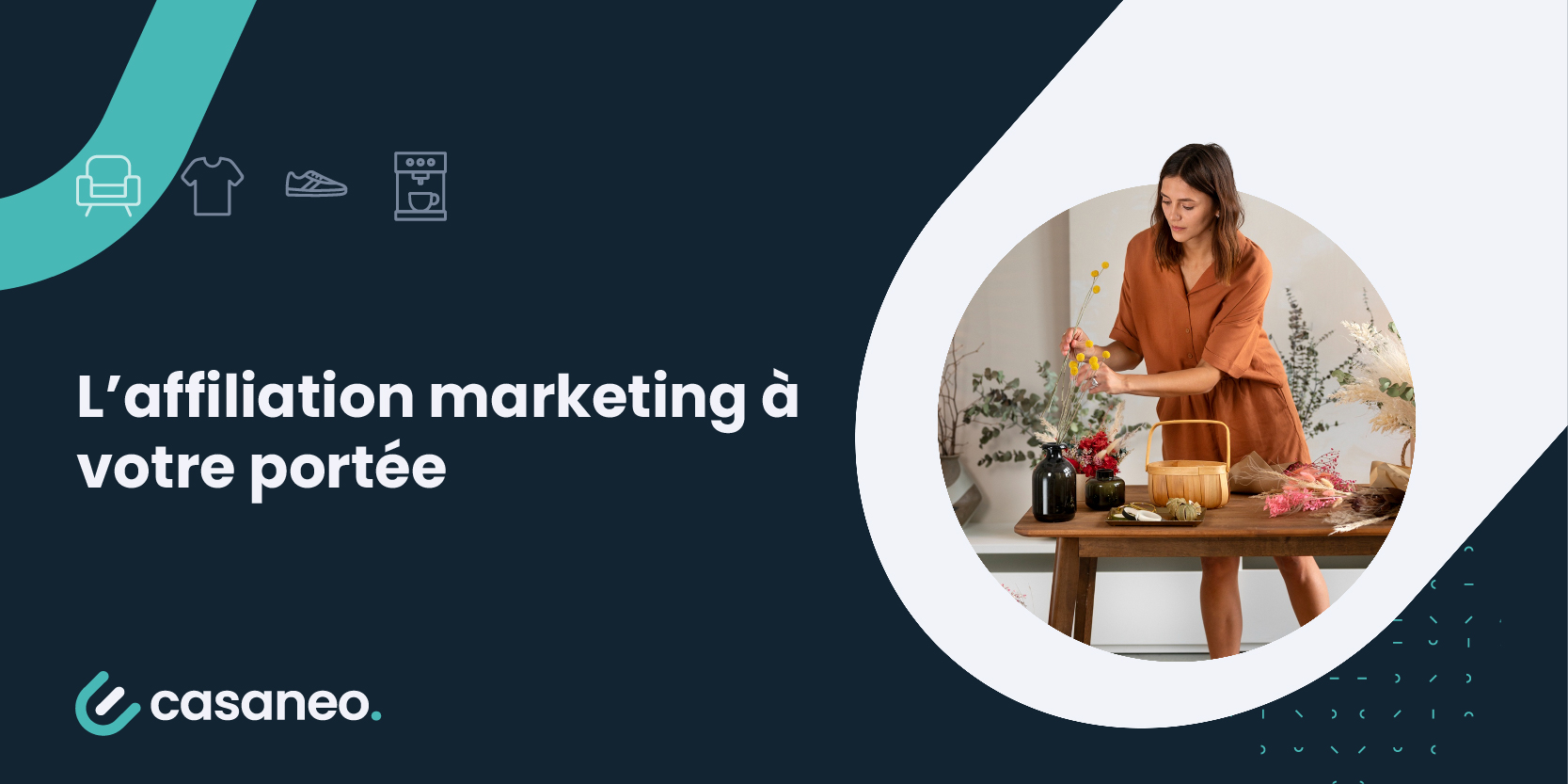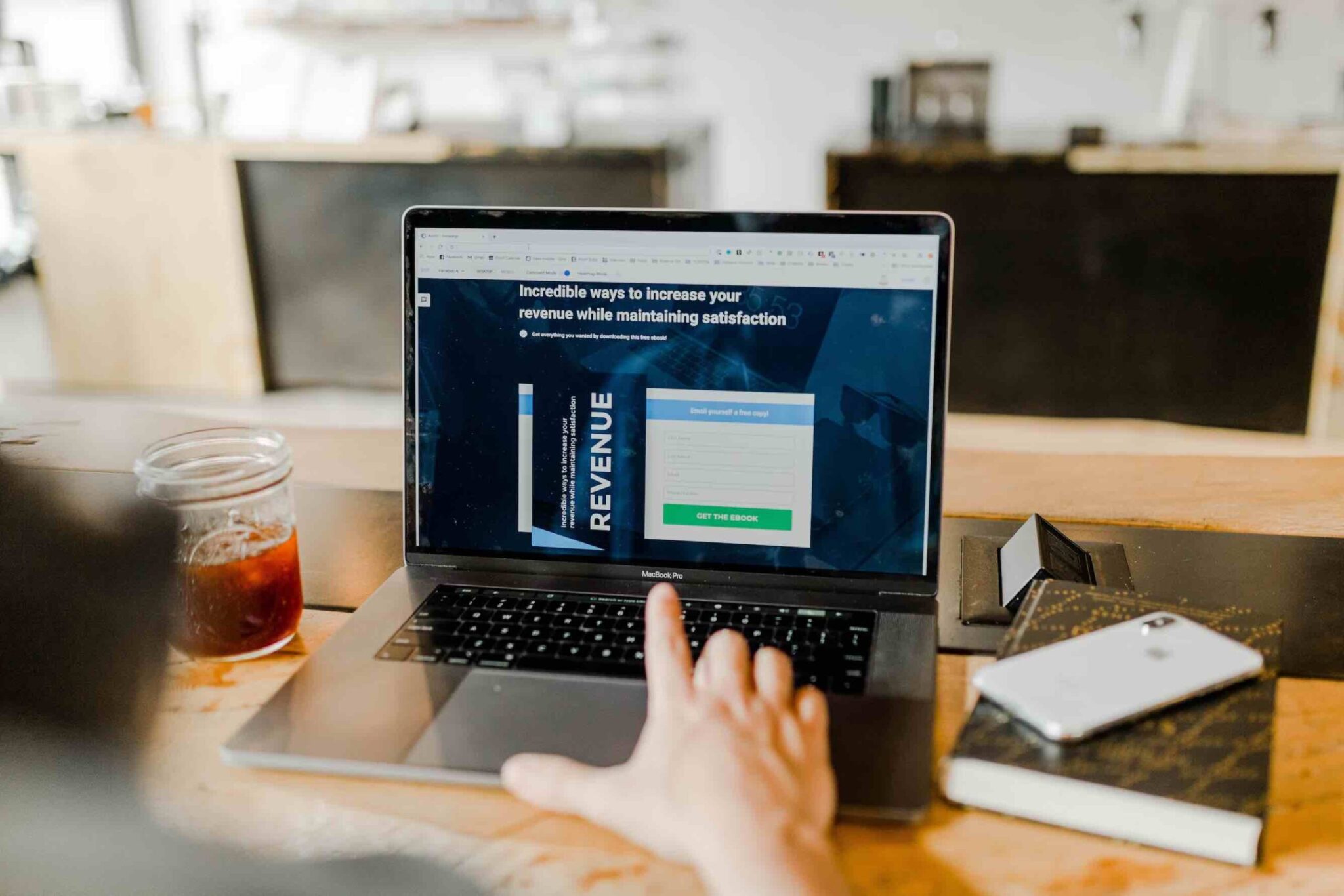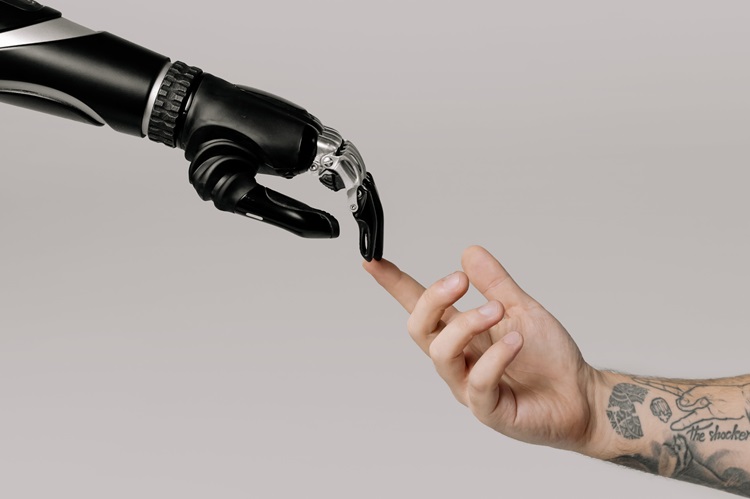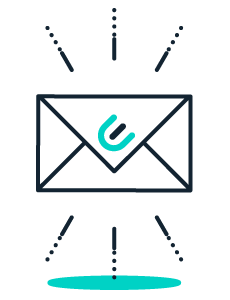Did you know that that customer acquisition is far more expensive than customer loyalty? ?
According to studies on the subjectit turns out that customer loyalty costs 3 times less than acquisition, with a slightly higher ROI (195% for loyalty versus 184% for acquisition).
It’s much easier to satisfy the needs of customers already won over by your company’s offer than to attract prospects who don’t yet know you.
If you want to take a closer look at your customer loyalty strategyread our complete guide.
Definition: what is customer loyalty?
Customer loyalty is the exact opposite of customer acquisition.
To visualize this, we use an important tool called the funnel or conversion tunnel.
Taking the shape of a funnel, at the entrance we are in the acquisition phase. At this stage, we focus on techniques and solutions for attracting visitors (inbound marketing, affiliation, prospecting…).
Then we move on to the conversion phase which consists of making your prospect want to take an interest in your offer, and ultimately transforming him or her into a customer (middle of the funnel).
Visit customer loyalty is at the bottom of the funnel. So here we are, at the very end of the relationship between a company and its customers.
Unfortunately, too many structures neglect this phase, which is vital if their business is to survive.
To illustrate this, here are some figures on customer loyalty and customer experience:
- Customer satisfaction is an excellent business lever, because one satisfied customer tells 3 others ;
- Conversely, a bad customer experience translates into significant negative word-of-mouth, since 1 dissatisfied customer can tell 12 other people about it ;
- It is far more difficult to win back a disgruntled customer than to build loyalty (cost 12 times higher on average);
- The main reason a customer leaves a company is due to lack of consideration.
What are the 3 types of loyalty strategy?
If you’ve read our first paragraph carefully, you’ll have understood that customer loyalty is the lasting relationship between a company and its existing customers.
The aim of the maneuver: to instill in loyal customers a sense of attachment a feeling of attachment or even belonging to the company.
A case in point: Apple, which has succeeded in creating a real environment around its brand and its products. Loyal customers don’t buy a phone, tablet or computer: they buy an iPhone, iPad or Mac.
To go into more detail, let’s look at the 3 main forms of loyalty.
Behavioral loyalty
The behavioral loyaltyis a passive customer loyalty action.
This is the case, for example, of the person who passes a bakery on the way home from work in the evening and stops to buy bread.
There’s no need to focus on customer satisfaction here. If the product is good and you’re lucky enough to be strategically located, consumers will continue to flock to you without any specific action on your part.
That said, because customer relations are based on a notion of convenienceIf a customer changes his or her habits, or if a competitor opens next door, this can have an impact on buying behavior.
Unwanted loyalty
The submissive loyaltyrefers to an obligation on the part of consumers to call on you.
This is the case, for example, with subscriptions or companies in a monopoly situation (as was the case with electricity before the energy market was opened up to competition).
Here, neither product quality nor customer experience comes into play. Since customers have no choice, they remain loyal to your company.
Building loyalty
The last type of customer loyalty is sought-after loyalty which is active consumer loyalty.
If you offer an interesting product and excellent customer service, you’ll create a real community. Why go elsewhere if consumers are happy here?
It’s often the culmination of a genuine customer loyalty strategy including an effective loyalty program.
Customer loyalty techniques: how to build customer loyalty?
Do you know the best customer loyalty strategies to help you win customers over the long term?
The first technique : work on your customer experience.
The aim is to carry out a complete analysis of your loyalty actions and to set up, if you haven’t already done so, a real customer service department.
The second technique : create a loyalty program.
Setting up a clear and precise loyalty program is an important step in improving your company’s brand image. You can, for example, send a birthday email to your customers, take a genuine interest in customer satisfaction, offer regular content (buying guide, quiz, video)… And let’s not forget sponsorship, a fantastic loyalty-building tool.
The third technique: keep in touch with your customers as much as possible.
By allowing your users to express themselves freely, you have the opportunity to improve your offer and services over the long term.
The fourth technique : delivering a high-quality customer experience.
Do your utmost to ensure that your product is always the best on the market, and that your company’s customer service precisely meets the needs of your users.
The challenges of customer loyalty: why build loyalty?
A company that builds customer loyalty is one that is able to maintain constant sales. So it’s a a company that secures its business over the long term.
What’s more, building customer loyalty also to work passively on your brand image and reputation.
Please note: to know whether your actions are bearing fruit, you need to analyze and measure them using the right tools. In this case, we recommend that you take a look at the Net Promoter Score which consists of asking your customers “would you recommend our company/product to your contacts?”
It’s an excellent indicator that’s easy to implement with your target audience.
Not forgetting :
- Repurchase rate ;
- Upsell rate;
- Customer retention rate.

Affiliation Marketing at your fingertips
THE KEYS TO MAKING THE MOST OF THIS BOOMING LEVER Download the guide!







